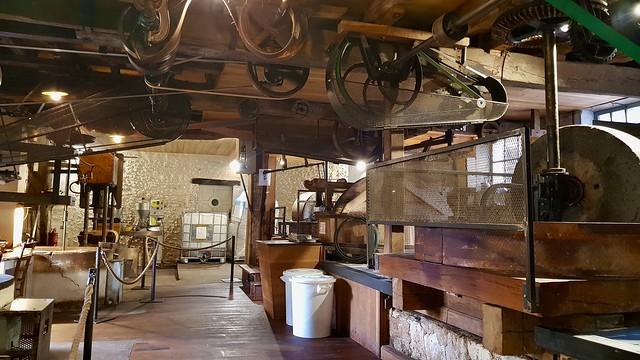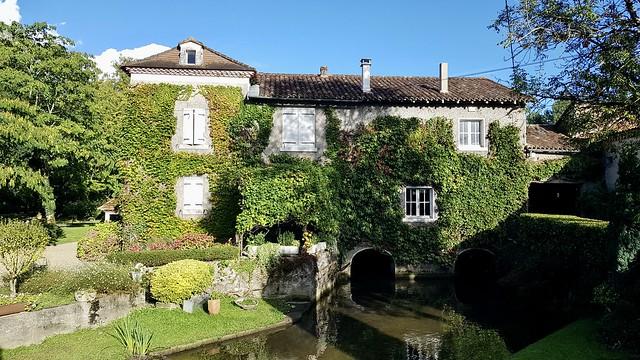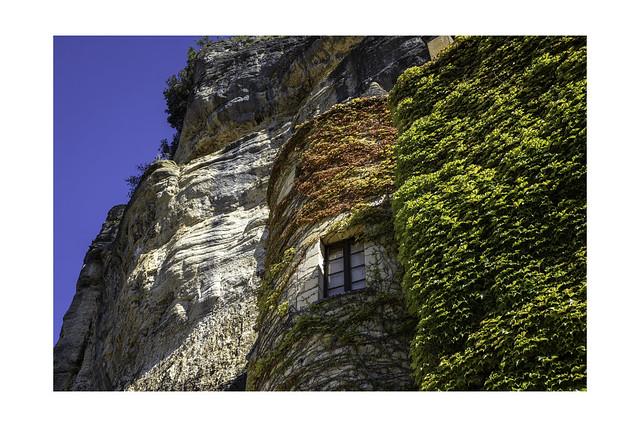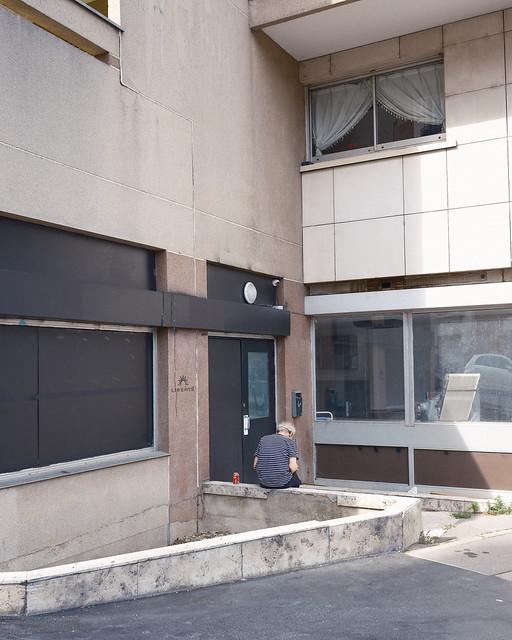Dordogne
Overview
Overview of Dordogne, France
Dordogne, located in the Nouvelle-Aquitaine region of southwestern France, is a captivating destination rich in history and natural beauty. Known for its picturesque villages, stunning châteaux, and prehistoric caves, the department offers a unique glimpse into both the past and the rural French lifestyle. The culture of Dordogne is deeply intertwined with its culinary heritage, boasting famous dishes such as foie gras, truffles, and walnuts, which are celebrated in local markets and restaurants. The landscape is dotted with rolling hills, river valleys, and dense forests, making it a perfect setting for adventure and relaxation.
Tourism Season and Activities
The high season for tourism in Dordogne is during the summer months, from June to August, when the weather is warmest and most conducive for exploring the outdoors. Temperatures during this time typically range from 20°C to 30°C (68°F to 86°F), providing ideal conditions for a variety of activities. Visitors can enjoy canoeing or kayaking on the Dordogne River, hiking through the scenic trails, or exploring the numerous castles like Château de Beynac and Château de Castelnaud. Summer is also a great time for attending local festivals and outdoor markets, where you can immerse yourself in the vibrant local culture and sample regional delicacies.
Preparation for Travel
Before visiting Dordogne, it’s important for travelers, especially teenagers, to prepare adequately to ensure a smooth and enjoyable trip. Firstly, familiarize yourself with some basic French phrases, as this will help in interacting with locals, many of whom may speak limited English. It’s also advisable to arrange accommodation well in advance, particularly if traveling during the high season, as places can fill up quickly. Lastly, pack appropriately for the activities you plan to engage in: include a mix of comfortable clothing for hiking and sightseeing, and dressier options for dining out or attending cultural events. Don’t forget to bring a good map or GPS device, as rural areas might have limited cell service.
How It Becomes to This
History not available

You May Like
Explore other interesting states in France









